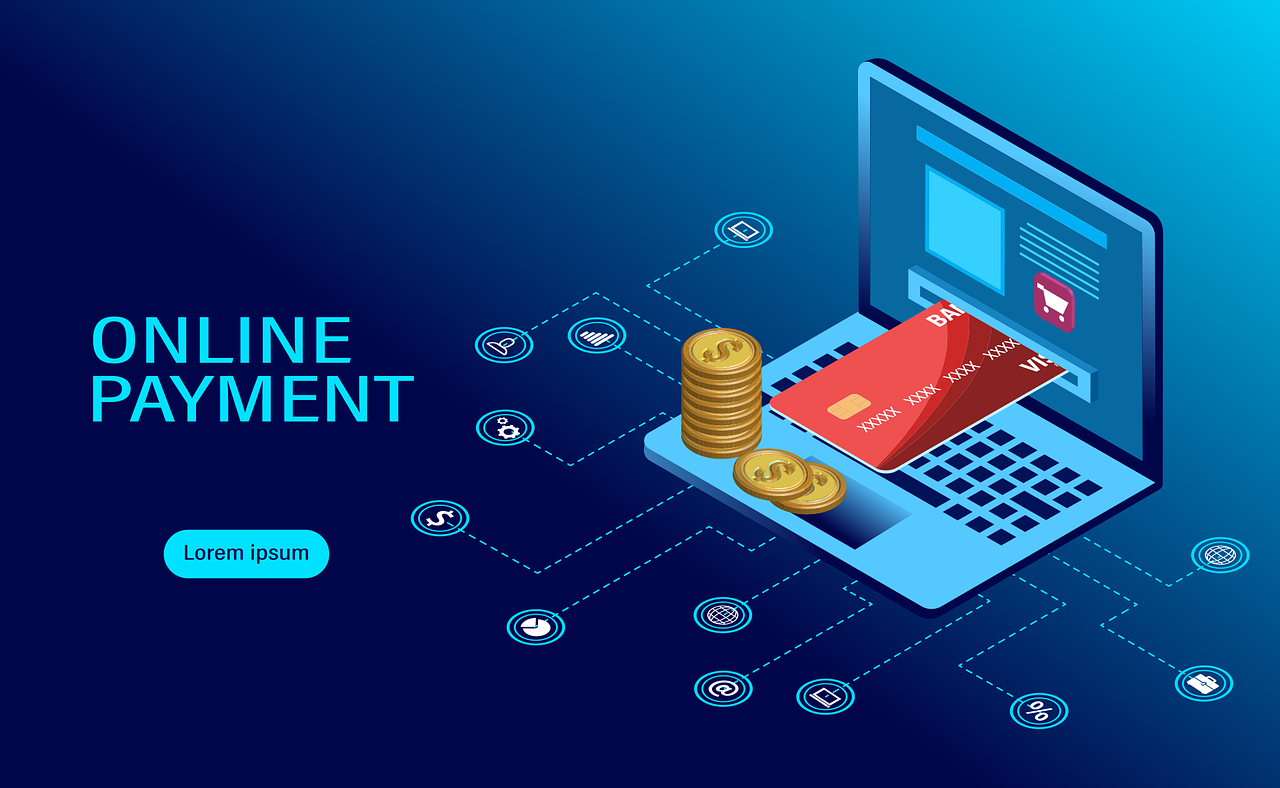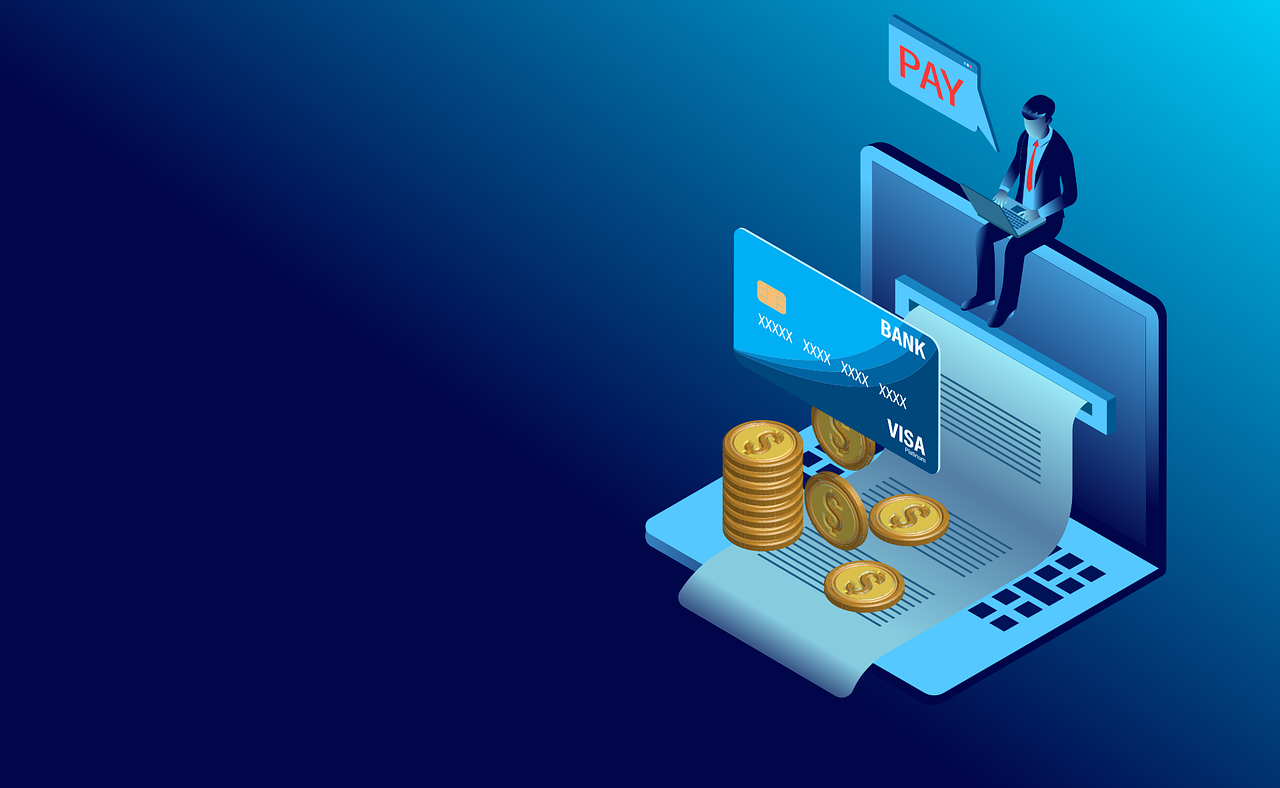
The digital payments landscape is undergoing a rapid transformation, driven by cutting-edge technological advancements and evolving consumer preferences. As we navigate this dynamic ecosystem, it’s crucial for businesses and consumers alike to stay informed about the latest trends and innovations shaping the future of financial transactions. From contactless payments to artificial intelligence-powered solutions, the industry is witnessing a paradigm shift that promises to revolutionize how we exchange value in the digital age.
The Rise of Contactless and In-Car Payments
Contactless Payment Adoption
The global pandemic has accelerated the adoption of contactless payment methods, with tap-and-go technology becoming increasingly prevalent across various sectors. This shift is particularly noticeable in public transportation, retail, and everyday transactions, where speed and convenience are paramount.
| Region | Contactless Payment Growth Rate (2020-2023) |
|---|---|
| North America | 150% |
| Europe | 200% |
| Asia-Pacific | 300% |
| Latin America | 180% |
| Middle East and Africa | 220% |
The table above illustrates the remarkable growth in contactless payment adoption across different regions, highlighting the global nature of this trend. Factors contributing to this surge include:
- Enhanced security features
- Reduced transaction times
- Improved hygiene perception
- Integration with mobile devices and wearables
In-Car Payment Technology
As vehicles become increasingly connected, they are evolving into mobile payment devices. This innovation allows consumers to make seamless transactions without leaving their cars, enhancing convenience and efficiency. In-car payment systems are being developed to facilitate various transactions, including:
- Fuel purchases
- Toll payments
- Parking fees
- Drive-through orders
- Electric vehicle charging
Major automobile manufacturers are forming strategic partnerships with tech companies and payment processors to integrate these capabilities into their vehicles. For example, Honda has collaborated with Visa to develop an in-vehicle payment system, while BMW has partnered with Mastercard to offer similar services.
The Role of AI in Enhancing Payment Experiences
AI-Powered Personal Shopping Assistants
Artificial Intelligence is revolutionizing the online shopping experience by creating virtual personal shoppers that can provide tailored recommendations based on individual consumer preferences. These AI-driven assistants analyze vast amounts of data to offer a more personalized and efficient shopping journey.
Key features of AI-powered shopping assistants include:
- Personalized product recommendations
- Real-time price comparisons
- Style suggestions based on past purchases
- Virtual try-on experiences for clothing and accessories
- Automated reordering of frequently purchased items
- Natural language processing for voice-activated shopping
AI in Fraud Detection and Prevention
The implementation of AI in cybersecurity has significantly bolstered fraud detection and prevention efforts within the digital payments sector. Machine learning algorithms can analyze transaction patterns in real-time, identifying and flagging suspicious activities with unprecedented accuracy.
| AI Application | Description | Impact |
|---|---|---|
| Behavioral Biometrics | Analyzes user behavior patterns to authenticate transactions | Reduces false positives by 50% |
| Anomaly Detection | Identifies unusual transaction patterns | Detects 95% of fraudulent activities |
| Predictive Analytics | Forecasts potential fraud risks based on historical data | Prevents $10 billion in fraud annually |
| Network Analysis | Maps relationships between entities to uncover fraud rings | Increases fraud detection by 200% |
These AI-driven solutions not only protect consumers and businesses from financial losses but also enhance trust in digital payment systems, fostering wider adoption and usage.
The Growth of Open Banking and Financial Ecosystems

Open Banking Benefits for Consumers
Open banking is revolutionizing the financial services industry by allowing consumers to securely share their financial data with third-party providers. This increased data accessibility has led to the development of more personalized and innovative financial products and services.
Benefits of open banking for consumers include:
- Easier account management across multiple institutions
- More accurate credit scoring, potentially leading to better loan terms
- Personalized financial advice based on comprehensive financial data
- Streamlined application processes for financial products
- Access to a wider range of financial services and providers
- Improved budgeting and financial planning tools
- Real-time insights into spending patterns and financial health
Challenges and Opportunities in Open Banking
While open banking presents numerous opportunities, its global implementation faces several challenges, including regulatory hurdles and data security concerns.
| Country/Region | Open Banking Adoption Rate | Key Initiatives |
|---|---|---|
| United Kingdom | 78% | Open Banking Implementation Entity |
| European Union | 65% | Payment Services Directive 2 (PSD2) |
| Australia | 52% | Consumer Data Right (CDR) |
| United States | 38% | Financial Data Exchange (FDX) |
| Singapore | 60% | API Exchange (APIX) |
Opportunities arising from open banking include:
- Creation of new financial products and services
- Enhanced competition in the financial sector
- Improved financial inclusion for underserved populations
- Development of innovative payment solutions
- Greater transparency in financial services
Sustainability in Digital Payments
Green Payment Solutions
The payments industry is increasingly focusing on sustainability, with companies developing eco-friendly payment options to meet growing environmental concerns.
| Green Payment Initiative | Description | Environmental Impact |
|---|---|---|
| Carbon-Neutral Transactions | Offsetting carbon emissions from payment processing | Reduction of 500,000 tons of CO2 annually |
| Digital Receipts | Eliminating paper receipts through digital alternatives | Saving 10 million trees per year |
| Recycled Payment Cards | Manufacturing cards from recycled or biodegradable materials | Reducing plastic waste by 50,000 tons annually |
| Green Reward Programs | Incentivizing sustainable purchases through cashback or points | Promoting 30% increase in eco-friendly consumer choices |
Consumer Demand for Sustainable Payments
Factors driving consumer demand for sustainable payment options include:
- Increased awareness of environmental issues
- Desire to reduce personal carbon footprint
- Preference for brands with strong environmental commitments
- Social media influence and peer pressure
- Government regulations promoting sustainability
- Generational shift towards eco-conscious consumerism
The Consumerization of B2B Payments

Evolution of B2B Payment Technologies
Business-to-business (B2B) payments are rapidly evolving, transitioning from traditional paper-based methods to digital solutions that mirror the convenience of consumer payment experiences.
| Year | Percentage of Digital B2B Payments |
|---|---|
| 2010 | 25% |
| 2015 | 45% |
| 2020 | 65% |
| 2023 | 80% |
| 2025 (Projected) | 90% |
This shift is primarily driven by:
- Cloud-based accounting and ERP systems
- API-enabled real-time payments
- Blockchain and distributed ledger technologies
- Artificial intelligence and machine learning for payment processing
- Mobile-first B2B payment platforms
Benefits of Consumerized B2B Payments
The adoption of consumer-like payment experiences in the B2B sector offers numerous advantages:
- Faster transaction processing and improved cash flow
- Reduced administrative costs and manual errors
- Enhanced transparency and traceability of payments
- Improved supplier relationships through timely payments
- Better data analytics for financial decision-making
- Increased security and fraud prevention
- Seamless integration with existing financial systems
- Support for global transactions and multiple currencies
Conclusion
The future of digital payments is characterized by rapid innovation and evolving consumer expectations. From the widespread adoption of contactless and in-car payment technologies to the integration of AI in fraud prevention and personalized shopping experiences, the industry is poised for significant transformation. Open banking initiatives are fostering a more collaborative and innovative financial ecosystem, while sustainability concerns are driving the development of eco-friendly payment solutions.
As B2B payments increasingly mirror consumer experiences, businesses stand to benefit from more efficient and transparent financial processes. To thrive in this dynamic landscape, it’s essential for both businesses and consumers to stay informed about these trends and be prepared to adapt to new technologies and practices. By embracing these innovations, stakeholders can unlock new opportunities for growth, efficiency, and improved financial services in the digital age.
